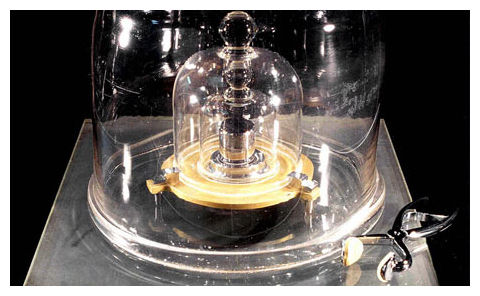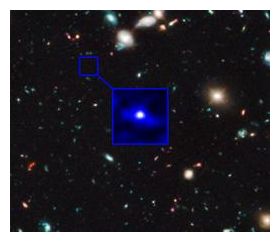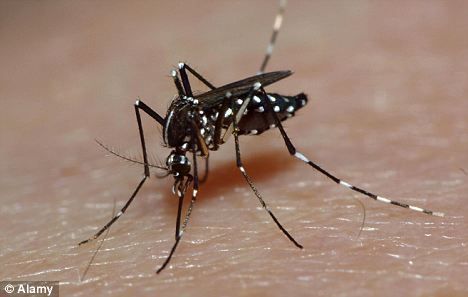
© Reuters/Tyrone Siu/FilesClocks are seen at a booth at the Hong Kong Watch and Clock Fair 2010 in Hong Kong September 6, 2010. Scientists have identified the mechanism that controls the internal 24-hour clock of all forms of life.
Scientists have identified the mechanism that controls the internal 24-hour clock of all forms of life -- a finding they say should shed light on some shift work-related problems like diabetes, depression and cancer.
Researchers from Britain's Cambridge and Edinburgh universities, whose work was published in the journal
Nature on Wednesday, said their findings provide important insight into health-related problems linked to people such as nurses, pilots and other shift workers, whose body clocks are disrupted.
The studies also suggest that the 24-hour circadian clock found in human cells is the same as that found in algae, and dates back millions of years to early life on earth, they said.
In the first study, Cambridge scientists found for the first time that red blood cells have a 24-hour rhythm.
This is significant, they explained, because circadian rhythms have always been assumed to be linked to DNA and gene activity -- but, unlike most other cells in the body, red blood cells do not have DNA.
"The implications of this for health are manifold. We already know that disrupted clocks...are associated with metabolic disorders such as diabetes, mental health problems and even cancer," said Akhilesh Reddy, who led the study. "By furthering our knowledge of how the 24-hour clock in cells works, we hope that the links...will be made clearer."




